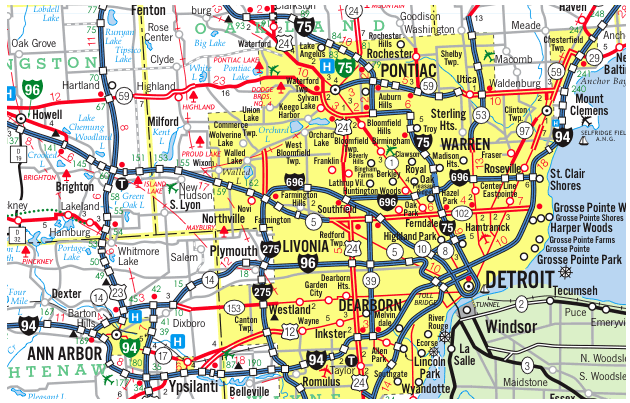The Importance of Moisture Content in Lumber for Construction Framing
Lumber is one of the most widely used building materials in the construction industry, especially for framing homes and commercial structures. However, the moisture content (MC) of lumber is a crucial factor in determining its performance, durability, and structural integrity. Understanding moisture content is essential for contractors, builders, and anyone involved in the construction process to ensure that the wood used in framing is suitable for its intended purpose and will withstand environmental conditions over time.
What is Moisture Content?
Moisture content refers to the amount of water present in the wood, usually expressed as a percentage of the weight of the wood. It is calculated by comparing the weight of the wood when it is green (containing all its water) to the weight of the wood when it is completely dry. This percentage is vital because the moisture in lumber affects its strength, dimensional stability, and susceptibility to decay, rot, or warping.
The Impact of Moisture Content on Lumber in Construction
- Dimensional Stability:
Wood is hygroscopic, meaning it naturally absorbs and releases moisture depending on the relative humidity and temperature of its environment. When the moisture content of wood is too high, the lumber can swell, and when the moisture content is too low, it can shrink or warp. Both conditions can lead to misalignment, gaps, or structural instability in framed walls, floors, and roofs. To avoid this, builders aim for a moisture content range that minimizes dimensional changes while ensuring the wood remains strong and stable. - Strength and Durability:
Lumber with a high moisture content is weaker than dry wood. Green or wet lumber can also be more prone to compression, which can affect its load-bearing capacity. Additionally, high moisture levels can promote the growth of mold, mildew, and fungi, which compromises the strength and durability of the wood. On the other hand, very dry wood can become brittle and prone to cracking under stress. - Workability:
Lumber with an optimal moisture content is easier to cut, shape, and fasten. Wood that is too wet may be harder to work with and can cause issues with tools, while overly dry lumber can split or crack during the installation process. - Warping and Shrinking:
When wood dries too quickly, especially if it is unevenly dried, it can warp. This is especially important in framing, as warped wood can lead to poorly aligned walls and structural defects. For example, bending or twisting of studs and beams can compromise the integrity of the building’s frame, potentially requiring costly repairs.
Ideal Moisture Content for Framing Lumber
The optimal moisture content for framing lumber is typically between 15% and 19%, depending on the climate and the type of wood being used. This range allows the wood to adjust to its environment without excessive swelling or shrinking. In regions with high humidity, the moisture content may lean toward the higher end of the scale, while in dry areas, lumber may be closer to 15%.
Lumber that is too wet (green lumber) or too dry (kiln-dried lumber) should be avoided for framing, as both extremes can result in structural problems. For example, green lumber can cause uneven settling in the building as it dries out post-installation, leading to floor and wall misalignments, while overly dry lumber may lead to cracking or splitting during use.
Methods of Measuring Moisture Content
There are a variety of methods used to measure moisture content in lumber. Some of the most common include:
- Moisture Meters: These devices use electrical resistance or capacitance to determine moisture levels in wood. They can be non-destructive (pinless meters) or invasive (pin-type meters) depending on the model.
- Oven Drying: A more precise method where a sample of wood is weighed, dried in an oven, and then weighed again to calculate the moisture loss. This method is less practical for large quantities of lumber but provides an accurate measurement.
Managing Moisture Content in Construction
Proper storage and handling of lumber before installation are key to maintaining an appropriate moisture content. Lumber should be stored in a dry, well-ventilated area, and it should be protected from direct contact with the ground to prevent absorption of moisture. Additionally, lumber should be allowed to acclimate to the local environment before installation, especially if it has been stored in different conditions or transported over long distances.
Conclusion
Moisture content plays a vital role in the performance and longevity of lumber used for construction framing. Builders must carefully monitor and manage the moisture content of lumber to avoid potential issues such as warping, dimensional changes, or structural weaknesses. By understanding and controlling the moisture content, builders can ensure the safety, durability, and stability of the building frame, leading to better construction outcomes and longer-lasting structures.




 Our Construction company is Servicing Southeast Michigan, Detroit and the Tri-County area Wyane, Oakland and Macomb;
Our Construction company is Servicing Southeast Michigan, Detroit and the Tri-County area Wyane, Oakland and Macomb;

